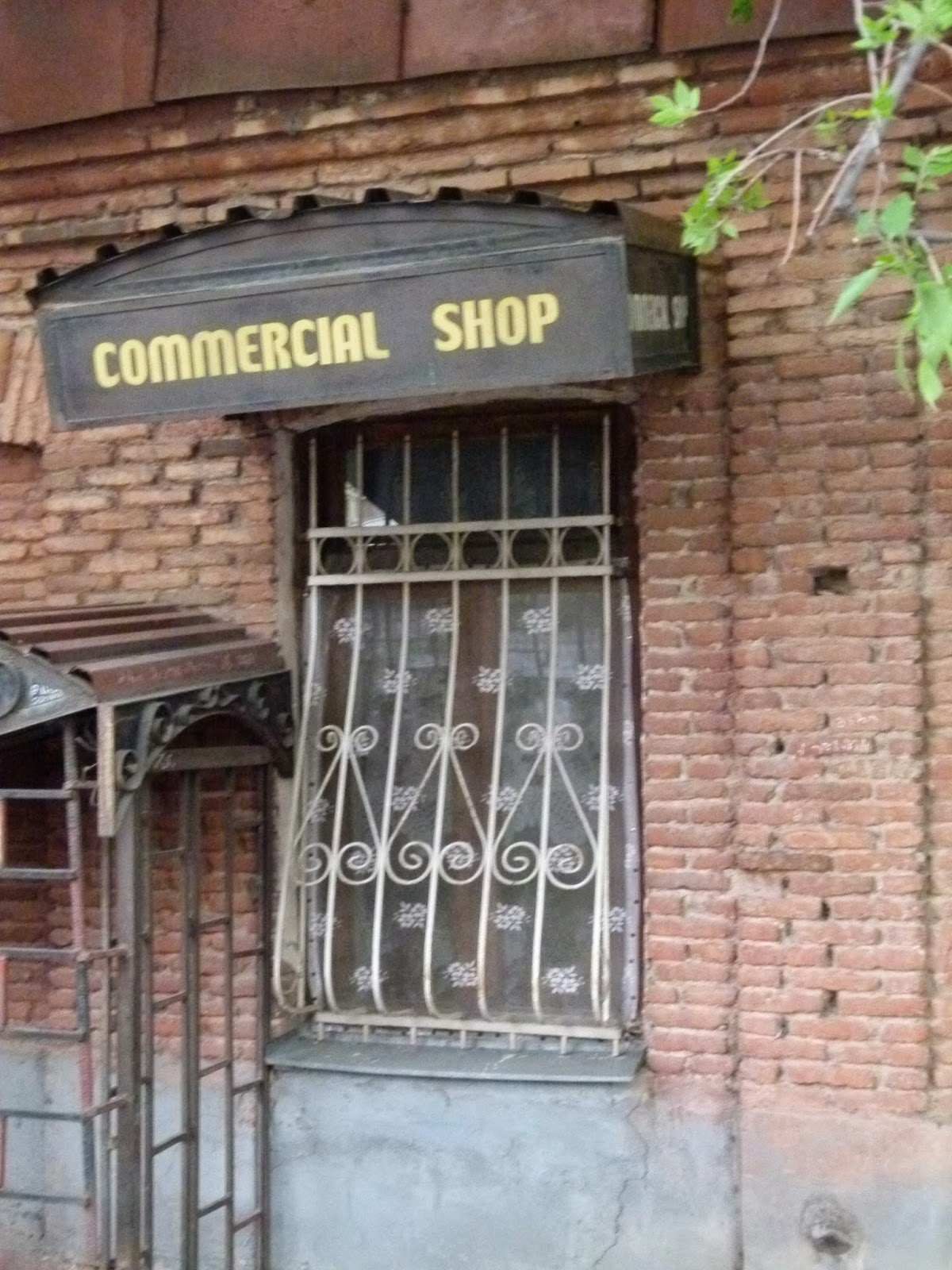Earlier on, I was writing how the Georgians were once considered 'the Italians of the Soviet Union' - among other things because of their fantastic kitchen, Mediterranean climate, wine culture, and alleged amorous qualities. However, Georgia is a multi-ethnic country, and this weekend I went to Western Georgia, where Migrelians and Svan situate their homeland. Of course, there were two Italians with, but this blog is dedicated to the 'Scotsmen of Georgia', the Svan.

As Italians tend to make jokes about their Southerners, and the Dutch mock the Belgians, the Georgians have jokes about the Svan. The Svan are a tough people, living on the South-western slopes of the High Caucasus. Being isolated from the rest of the country for six months of the year, they tend to be independent, proud and stubborn. Moreover, although the Svan language is related to Georgian, the languages aren't easy intelligible. Therefore, they have the image of a simple people. As the inhabitants of the most desolate wild parts of Georgia, with a language similar but not the same, a fierce and stubborn image, being looked down on a wee bit, and with a quite developed drinking culture moreover, the Svan are definitely the Scots of Georgia.
The famed Georgian poet Ilia Chavchavadze advised: 'If you even slightly like Georgia, be sure to go to Svaneti.'
First we went to Zugdidi, however. Close to Abkhazia, where there live many Mingrelians as well, the capital of Samegrelo and Zemo Svaneti gave me the feeling that I was in some suburb in the Southern United States. In the Spring sun we enjoyed its broad, green roads, palm trees, and the big detached houses with verandas. As everywhere in Georgia, we were welcomed with staggering hospitality and the banquet called supra. But this time no toasts on Sakartvelos (Georgia) for a change, but on Samegrelo, the land of the Mingrelians. The Mingrelians speak a language related to Georgian, and many see themselves as such. Together with Laz, spoken in North-Eastern Turkey, and Kartuli (Georgian), Migrelian forms the Karto-Zan subdivision of the Kartvelian languages. Svan forms the other.
It is said that the Svan inhabit this part of the High Caucasus since the third century before Christ. Like the Georgians, they were very early converted to Christianity, moreover (in the fourth century). Svaneti is divided in Upper and Lower Svaneti. The Kodori Gorge is historically inhabited by Svan as well, but the valley is since 2008 under Abkhazian control. The capital of Svaneti, Mestia, is a small town, more a village (of course its twin town is Italian, San Gimignano). The towers that are so characteristic for the region are numerous. Most of them were build in the eleventh century to protect against enemies. Currently they function more often as storage for the long Caucasian Winter. It seems as if every family had its own. Joking about the persistent feuds and blood revenge among the Svan, our driver said that the towers function to find shelter against neighbours rather than outsiders.

The ultimate goal of our trip was Ushguli. Ushguli is the highest permanently inhabited village of Europe. Eighty families live on about 2410 meters above sea level. The village lies at the head of the Enguri Gorge and the foot of the highest mountain of Georgia, Shkhara - 5193 m - a suitable background. Ushguli lies at only 44 kilometres of Mestia, but the trip takes three hours. We were lucky that the road was free of snow, but rain and melting water made the track almost inaccessible again. Spontaneous mountain streams, avalanches and mudslides make the route a challenge - even with a four-wheel drive. Of course Ushguli is divided itself as well, in four settlements.
If you understand some German, or if you are fine with only beautiful shots, than here's a documentary on the Svan and Ushguli from Arte. It looks quite familiar to me, and I think I even recognized one of the dogs!






















k.png)

